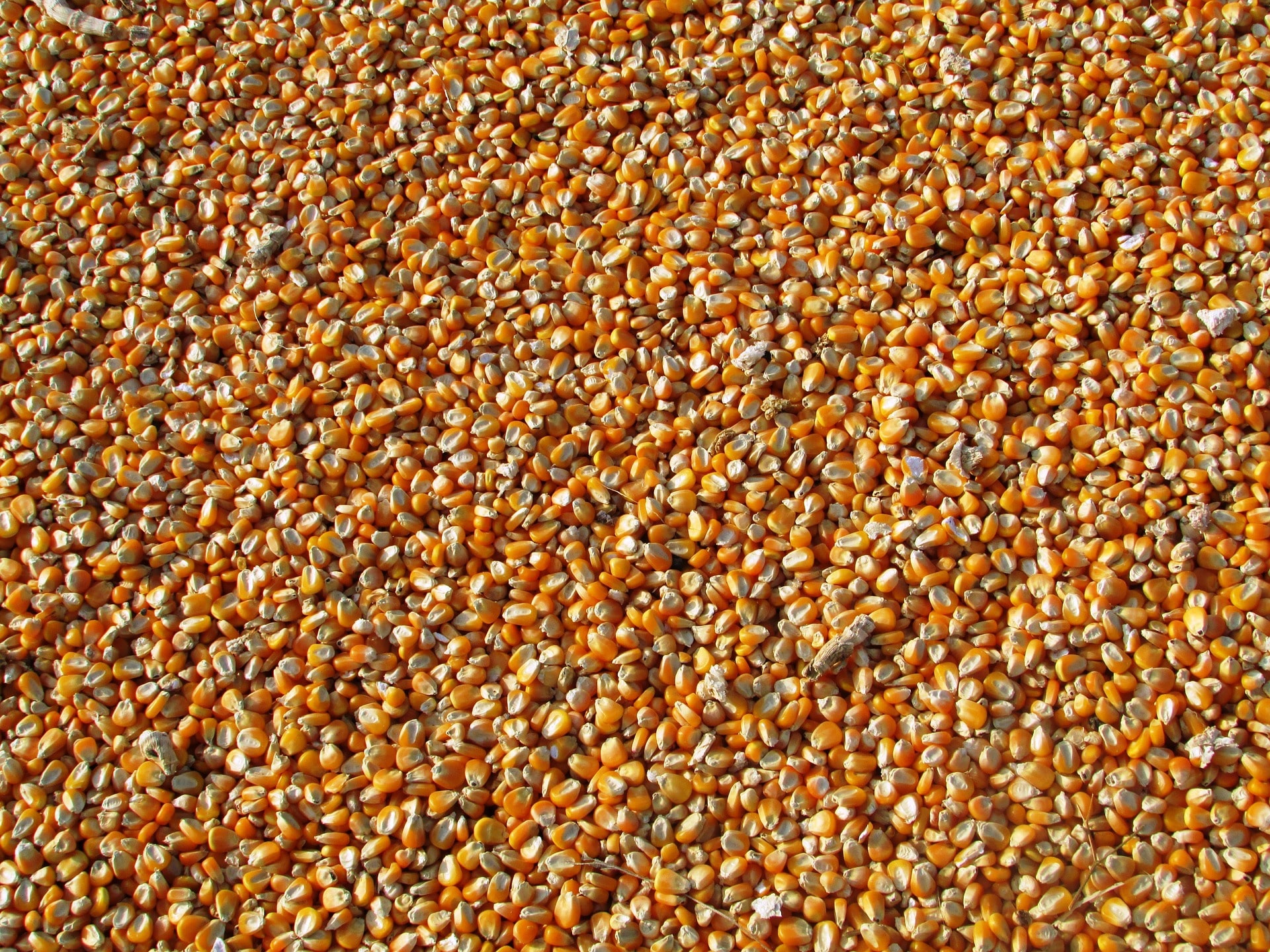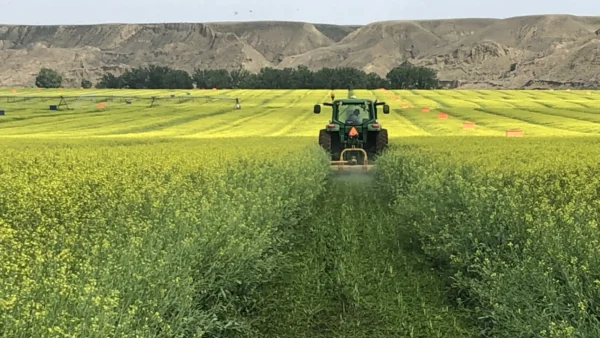These grower-led competitions are a proving ground for new products and production practices.
Genetics is seldom a limiting factor when it comes to corn yield. Every year, in every field, something limits yield. It could be weather, pests, soil characteristics, agronomic practices or management decisions. Contests such as the annual National Corn Yield Contest sponsored by the National Corn Growers Association (NCGA) demonstrate that corn has the genetic potential to produce at least 542 bushels per acre, the verified yield produced by a Virginia farmer in 2017.
Bragging rights aside, contests provide a glimpse of what might be commonplace in the next 50 years. For the corn sector, yield contests challenge conventional wisdom and serve as a proving ground for new products and production practices.
“NCGA’s national yield contests provide farmers with more than just an opportunity for friendly competition,” says Roger Zylstra, NCGA’s Stewardship Action Team chair. “It generates data that impacts future production practices. The techniques first developed by contest winners grow into far-reaching advances, helping farmers across the country excel in a variety of situations.
“Our contests demonstrate a hybrid’s genetic potential on the contestant’s farm and emphasize innovation both from growers and technology providers, enabling us to meet the growing demand for food, feed, fuel and fiber.”
In 1966, when the average corn yield was 73.1 bushels per acre, to think of 200 bushels was a futuristic dream for most. Not for the Funk Bros. Seed Co. The company’s sales literature included a photo of a Michigan field with 25,000 plants per acre that yielded 205 bushels per acre, nearly three times the average yield. The ad encouraged growers to reach yield goals by planting the single, special and four-way cross hybrids that were already hitting yields of more than 200 bushels per acre.
Will the 400-bushel-per-acre contest yields that seem so futuristic today be a routine achievement in the next 50 years? If we use the history of yield contests as an indicator, 400-bushel yields are entirely probable.
Optimizing corn yield requires individual field data and the technology to analyze the data to produce useful crop production information. Factors that should be in place include water management (drainage, conservation and irrigation); sound insect, weed and disease management; soil pH in the optimum range with adequate levels of phosphorous and potassium. Seed suppliers increasingly look to provide farmers with technical agronomic support through the collection of data and then processing and analyzing that data.
“Our goal is not necessarily to have all customers produce 400-bushel corn,” says Mike Kavanaugh, an AgReliant Genetics agronomy manager for AgriGold. “Our goal is to know everything we can about our genetics and to help farmers understand everything they can about the genetics they plant and how to place and manage them.
“We have pre-commercial research trials that overlay with our commercial testing. This allows us to test elite germplasm throughout our entire territory. We get a lot of data. Sometimes the low yield results are as important as high yield results to help us understand genetics-by-environment trends. Knowing where not to place a hybrid can be as important as knowing where to plant it.”
Kavanaugh’s goal is to use technology to help customers manage genetics to best reach their genetic potential.
One of those technologies is tissue sampling, a practice that’s becoming more common for high yielding, progressive corn operations.
“We have three years of validated data tissue samples by yield environment for our new releases,” Kavanaugh says. “It makes a difference.
“As we look at 150 to 300-plus bushels-per-acre yield environments, we can see a difference just in tissue samples.”
AgReliant’s agronomists, interns and salespeople take samples six times during the summer. This information is then matched with final yields of tested areas. Whole plants are analyzed when plants are young, while leaves are analyzed when plants are older. Randy Doudy, the first grower to record a corn yield over 500 bushels, encouraged AgriGold to start this project.
“This is all about identifying and removing limiting factors,” shares Doudy, who farms in Georgia. “The more years we collect field-specific data, the better we can understand yield-limiting factors.”












